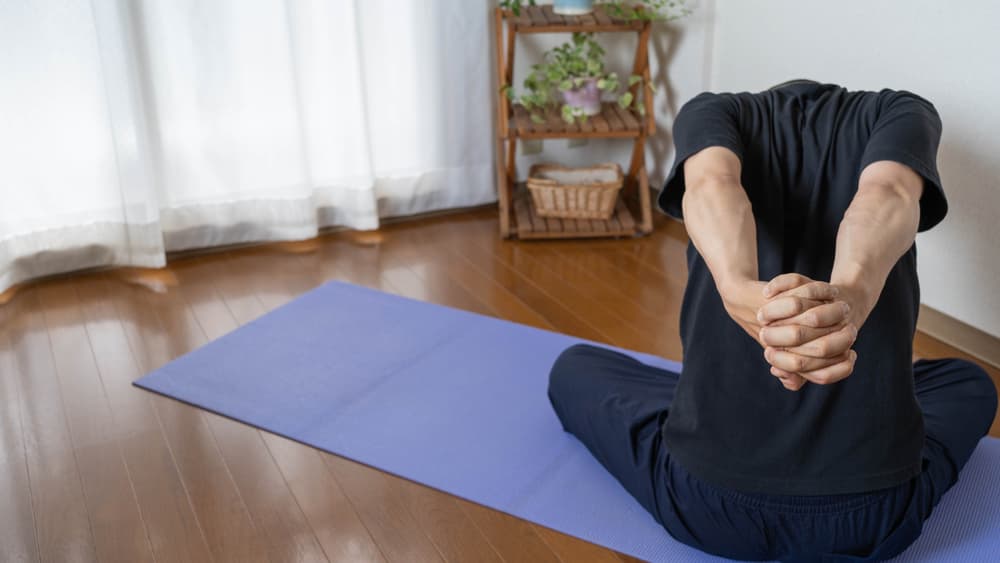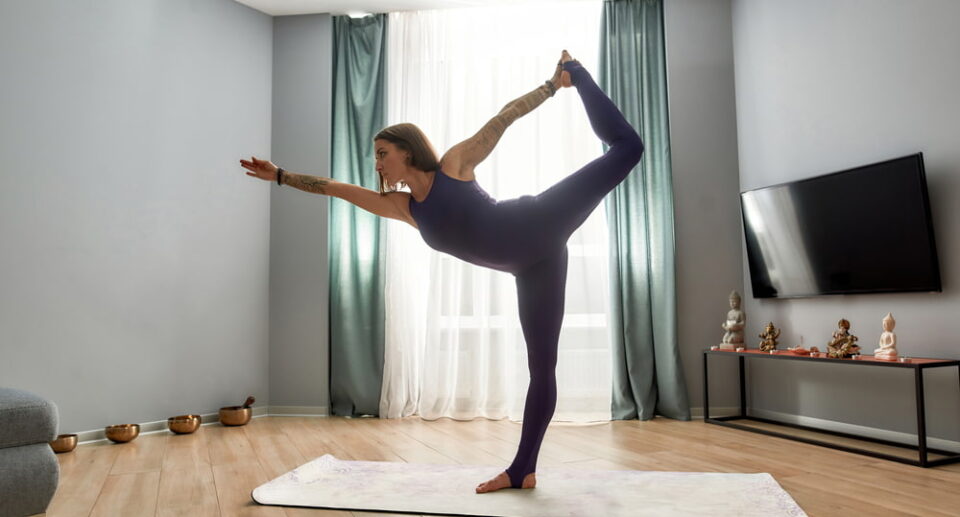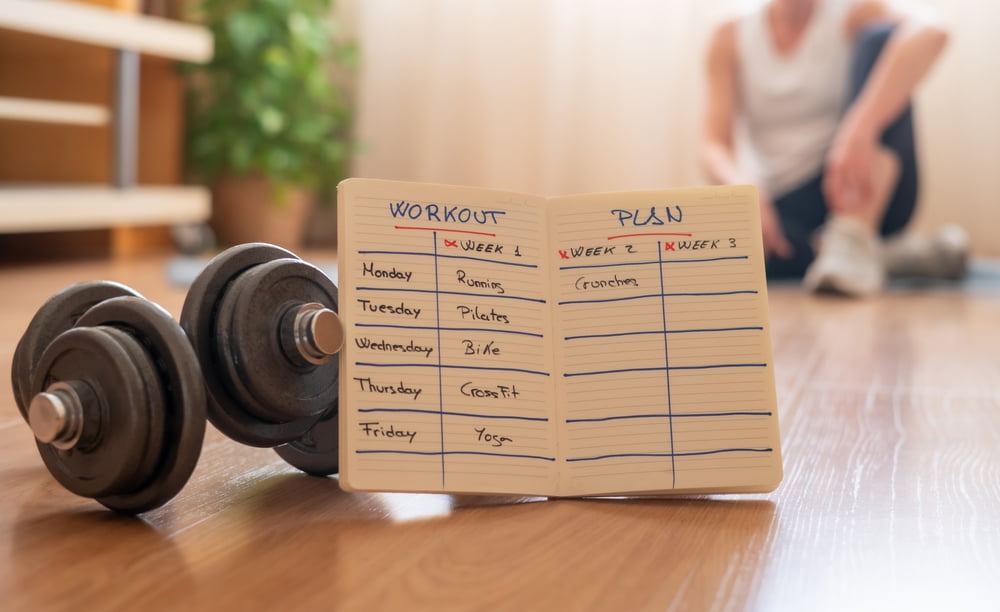How to create a personalized fitness routine at home


How to create a personalized fitness routine at home – Build an effective workout plan at home based on your goals, schedule, and fitness level. Healthy living is not only about power equipment and incredible training; it’s a lifestyle, and you can always do it at home. A customized fitness routine in your house can be as valuable as the one in a gym, giving you the flexibility to work on your issues, inclinations, and busy schedule.
You must be open to customization to design a home fitness plan that will benefit you in your specific circumstances. The correct exercises should be included, the routines must be scheduled efficiently, and a normal pace of development should be applied. Whether you are into weight loss, muscle gain, flexibility, or endurance, this guide will help you craft the ideal at-home exercise plan to suit your requirements.
“Personalized exercise programs are more likely to promote adherence and long-term success.”
— ACSM (American College of Sports Medicine)
Why You Should Create a Personalized Fitness Routine at Home
There is no one way to do fitness that will be a good fit for everyone. Everyone has different fitness objectives, levels, body shapes, and lifestyles. This is why a personalized workout schedule is one of the best strategies for remaining consistent, realizing outcomes, and incorporating fitness into your lifestyle. Below is information about how coming up with a workout specific to your needs is so significant.
1. Assess Your Fitness Level and Set Goals for a Personalized Fitness Routine at Home


The best option for you whether you want to lose weight, increase your strength, enhance flexibility, or get yourself in a better condition is to have a personalized workout plan. You can choose not to follow the prescribed schedule and pick a workout that suits your goals, and you can achieve the desired result in the shortest time.
For example:
- Incorporating resistance training with bodyweight exercises or resistance bands can be beneficial if you want to tone muscles.
- Yoga and stretching sessions should be a priority if your goal is to increase flexibility.
- Cardio and strength training will be more effective if you’re aiming for weight loss.
A customized approach ensures that every exercise you do contributes to your success.
2. Choose the Right Exercises for Your Personalized Fitness Routine at Home


Jumping into an advanced workout routine when you’re a beginner can lead to frustration, burnout, or even injury. A personalized fitness plan allows you to start at your current level and gradually increase the intensity as your strength and endurance improve.
For instance:
- A beginner may start with bodyweight exercises and short sessions.
- An intermediate fitness enthusiast might add resistance bands or weights for extra challenges.
- Advanced individuals may focus on high-intensity workouts or progressive overload training to push their limits.
By creating a routine that grows with you, you’ll stay motivated and avoid feeling discouraged.
3. Design a Weekly Schedule for Your Personalized Fitness Routine at Home
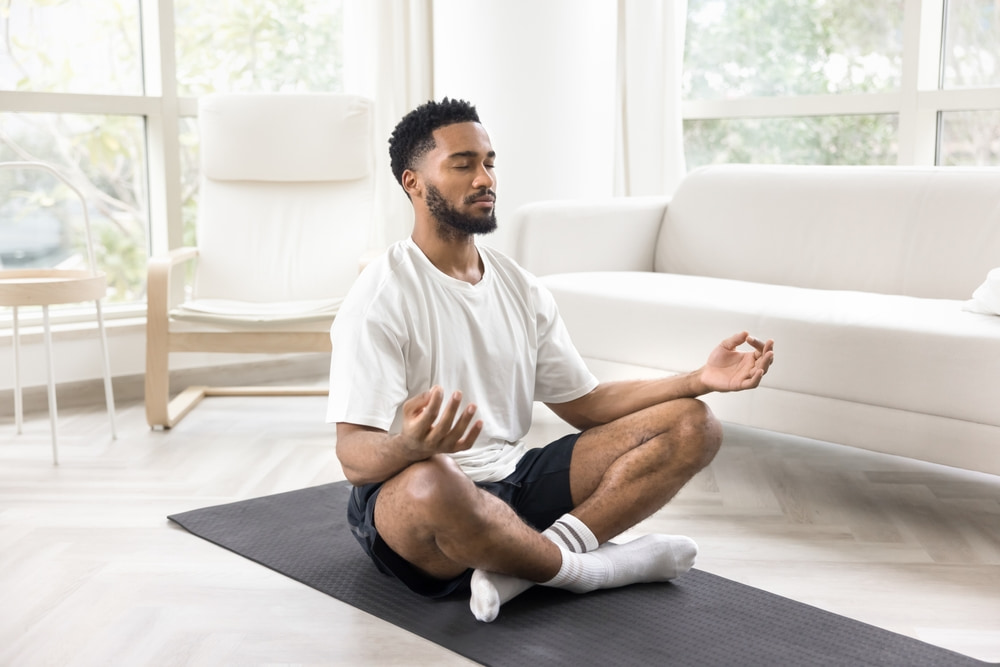

One of the biggest reasons people struggle with fitness is lack of time. A personalized home workout routine ensures you’re not forcing yourself into a schedule that doesn’t work for you. Instead of following a fixed program designed for someone else’s lifestyle, you can set realistic workout durations and frequencies that align with your daily routine.
For example:
- Short 20-minute HIIT sessions can be practical if you have a busy schedule.
- If you prefer a slower-paced workout, yoga or bodyweight strength exercises can be spread throughout the day.
- If you love structured plans, setting up workout days for different muscle groups can help maintain consistency.
4. Track Progress and Improve Your Personalized Home Fitness Routine


A poorly designed workout plan or copying others’ routines can lead to overuse injuries, muscle imbalances, and unnecessary strain. A customized routine allows you to:
- Focus on proper form and safe progression.
- Include rest days to aid recovery.
- Modify exercises to accommodate injuries or physical limitations.
Listening to your body and adjusting your plan reduces the risk of setbacks and makes fitness enjoyable.
5. Motivation Tips to Stick to Your Personalized Fitness Routine at Home


When a workout plan is tailored to your needs, it becomes more enjoyable and sustainable. You’ll feel more motivated to stick with it because it’s designed with your preferences, strengths, and goals in mind. Tracking your progress in a customized plan allows you to see improvements over time, encouraging you to keep going.
Assess Your Fitness Level and Goals
Before embarking on a custom fitness plan, assessing your current situation and desired outcome is essential.
Ask Yourself:
- What is my current fitness level?
- What are my main goals? (Strength, endurance, weight loss, toning, etc.)
- How many days per week can I realistically commit?
- What equipment do I have access to (if any)?
Simple Fitness Test (Optional)
Try these basic fitness tests to measure your starting point:
- Push-ups: How many can you do in 30 seconds?
- Plank hold: How long can you maintain good form?
- Squats: How many can you complete in one minute?
- Cardio endurance: Time yourself running or brisk walking one mile.
Monitor your progress over time using these numbers as standards.
Choose Your Workout Type
A well-rounded workout routine at home should include a mix of different types of exercises.
1. Strength Training
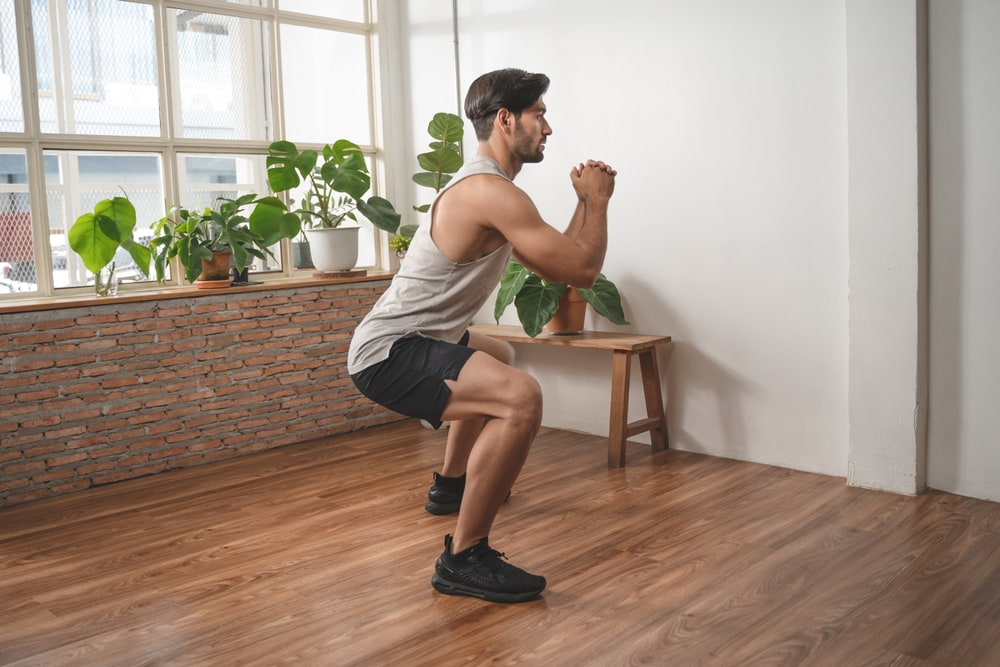

- Bodyweight exercises: Squats, push-ups, lunges, planks
- Resistance bands: Rows, shoulder presses, glute bridges
- Light weights (optional): Bicep curls, deadlifts, overhead presses
2. Cardio and Endurance


- Jump rope
- Running in place
- High-Intensity Interval Training (HIIT)
- Dancing or aerobic workouts
3. Flexibility and Mobility
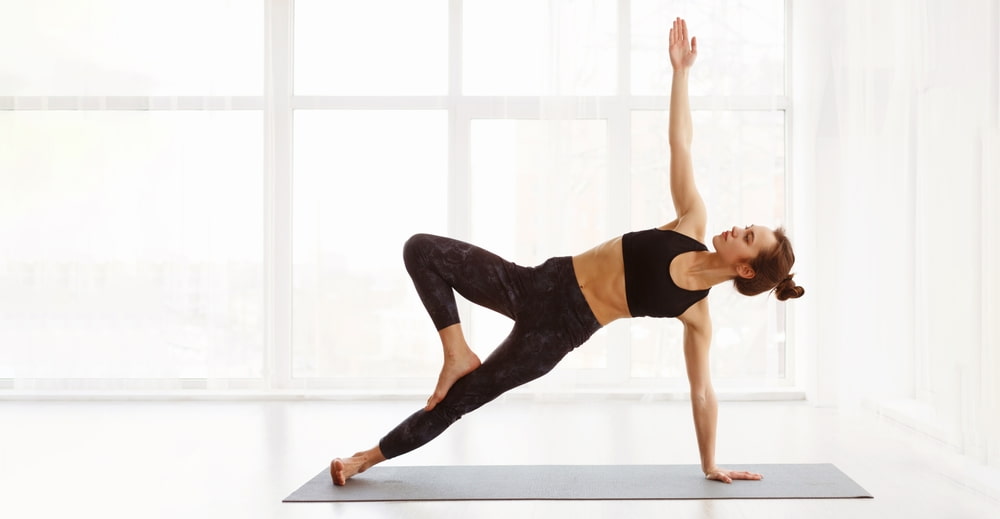

- Yoga
- Stretching routines
- Pilates
4. Core and Stability
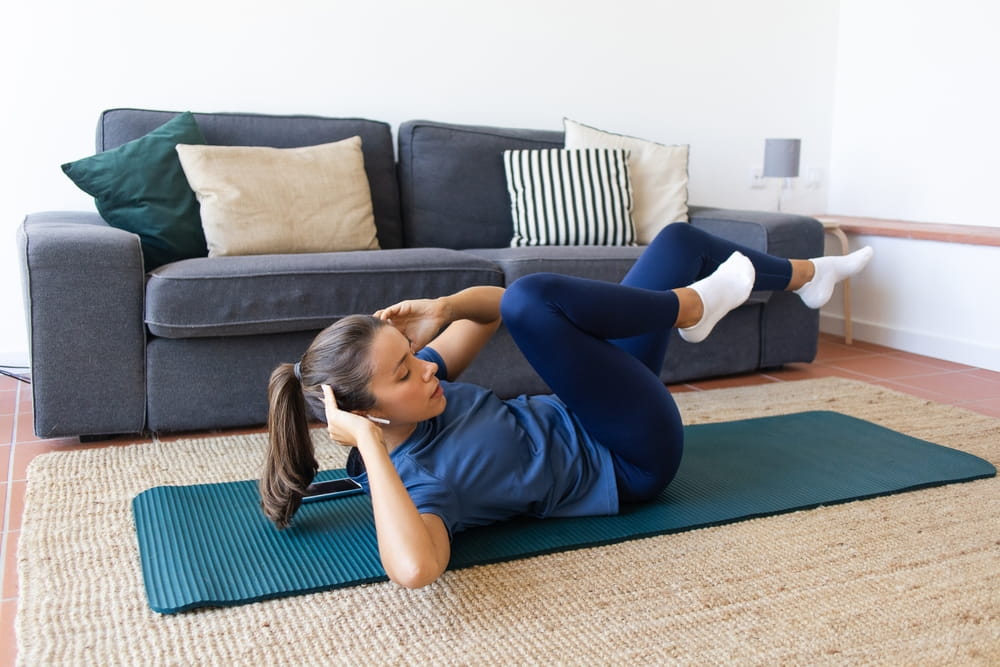

- Crunches, leg raises, Russian twists
- Plank variations
- Stability ball exercises (if available)
Choose a mix that aligns with your goals and keeps your workouts engaging.
Design Your Weekly Home Workout Plan
Here’s an example of a balanced home exercise plan:
Beginner Weekly Schedule
- Monday: Full-body strength (squats, lunges, push-ups, planks)
- Tuesday: Cardio (jump rope, jogging, HIIT)
- Wednesday: Core + flexibility (yoga, planks, crunches)
- Thursday: Rest or light activity (walking, stretching)
- Friday: Upper body + strength (push-ups, resistance bands, biceps/triceps)
- Saturday: Cardio endurance (30-minute brisk walk or dance workout)
- Sunday: Rest or light yoga
Modify based on your schedule, fitness level, and goals.
Track Your Progress and Adjust Accordingly
How to Measure Progress:
- Keep a fitness journal (track reps, duration, weight, etc.)
- Take progress photos every 2-4 weeks
- Assess energy levels, endurance, and strength improvements
Adjusting Your Plan
If a workout feels too easy, increase repetitions, add resistance, or extend workout time. If it is too hard, scale back and gradually build up.
Tips for Staying Motivated
- Set small, achievable milestones (e.g., “Hold a plank for 60 seconds” “)
- Why not join an online community or find a workout buddy?
- Mix up your routine to prevent boredom
- Reward yourself for consistency (new workout gear, a healthy treat, etc.)
- Listen to your body and prioritize recovery
Success Story: How a Personalized Fitness Routine at Home Changed Mark’s Life
Mark’s Transformation
Mark, a 40-year-old father of two, struggled to find time for fitness due to his busy schedule. Instead of signing up for a gym, he designed a personalized workout at home using bodyweight exercises, resistance bands, and short HIIT workouts.
By staying consistent, tracking progress, and making minor adjustments, Mark lost 15 pounds, built muscle, and improved his energy levels in three months. His key takeaway? “Consistency beats perfection—just start, and the results will follow.”
Creating a personalized fitness routine at home is one of the best ways to take control of your health and fitness journey. Unlike generic workout plans, a customized approach ensures that every exercise aligns with your goals, fitness level, and lifestyle, making it easier to stay consistent and motivated. How to create a personalized fitness routine at home – Craft a fitness plan at home that suits your body, goals, and everyday schedule.
To overcome the usual constraints, such as time limitations, lack of equipment, or expectations that are too high, you need to be the one creating your personalized plan. Whether you want to increase your strength, enhance your stamina, improve flexibility, or stay healthy, a customized workout schedule will allow you to progress at your pace while avoiding burnout and injuries.
Design Your Fitness Journey, Your Way
Exercising at home is excellent as it allows you to adjust your time frame. You do not need regular expenses for the gym facilities and expensive machinery—only your body, rubber resistance bands, or simple weights are enough to bring out your best. The main goal is to focus on consistency, gradual progression, and good form to make your workouts productive.
Throughout your fitness journey, keep your mind on the present moment, track your progress, find some small wins to celebrate, and be ready to adapt to any new direction. Life is unpredictable, and, as such, your exercise habits have to adapt to your own. Change an exercise that doesn’t feel right. If your schedule changes, shift your plan. The main thing is that you keep moving ahead. How to create a personalized fitness routine at home – Design a home workout plan tailored to your unique goals, lifestyle, and fitness level.
So, did you finally decide to get healthier and stronger? Create your fitness plan with such great attention to detail that a slight improvement in your health can result in substantial progress. Your fitness is your journey—it’s your job to make it work for you! How to create a personalized fitness routine at home – Customize your at-home workouts to match your personal goals, daily routine, and fitness abilities.




